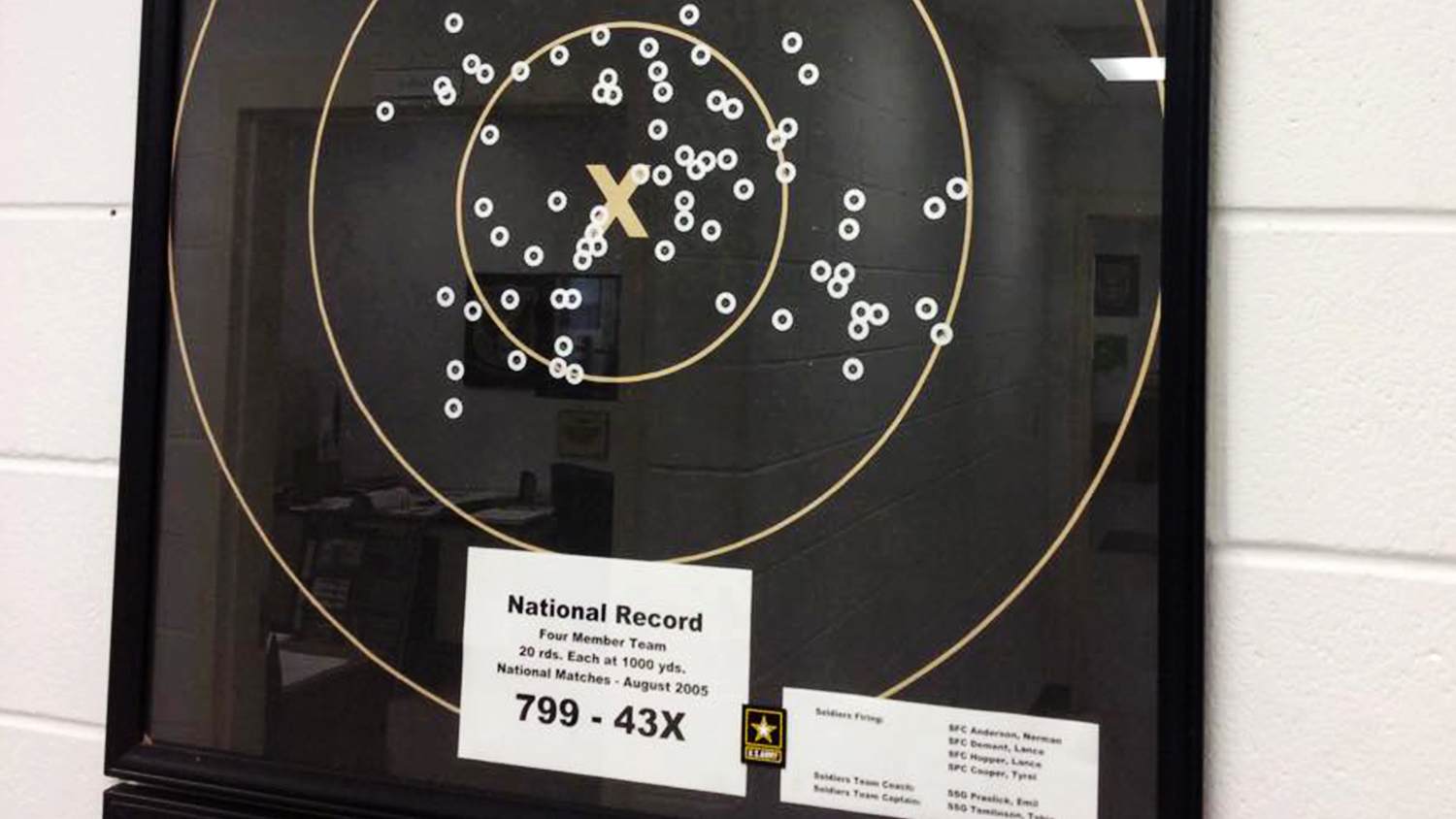
WARNING: All technical data in this publication, especially for handloading, reflect the limited experience of individuals using specific tools, products, equipment and components under specific conditions and circumstances not necessarily reported in the article and over which the National Rifle Association (NRA) has no control. The data has not otherwise been tested or verified by the NRA. The NRA, its agents, officers and employees accept no responsibility for the results obtained by persons using such data and disclaim all liability for any consequential injuries or damages.
In this article we will address a rarely-discussed, but important means to ensure top consistency in your long-range match ammunition.
It is very important to let electronic scales warm up to stable operating temperature before weighing powder charges. Even with our extremely precise and reliable scales, we let them warm up for 30-45 minutes (depending on the exact scale), after turning them on before weighing powder. That time can be spent on other tasks, and is never wasted.
However, we have repeatedly seen shifts in the scales’ zero in the first hour of loading if they are not allowed to warm up. The shift is usually very gradual, but when detected it has necessitated emptying charged cases back into the measure and starting over. Warming scales up before loading prevents this problem. Here, as in other cases, it pays to learn the idiosyncrasies of your individual equipment. E.g., we have two scales of identical make and model―one needs 45 minutes to settle down, while the other only takes about 20 minutes.
One can help detect scale changes by watching the “minus” number displayed on the scale when the powder pan is removed. A change from this scales' normal reading means it's time to investigate. Of course, scales should be zeroed and checked for accuracy with check weights before beginning to weigh powder, but be alert to possible changes even *after* the scale has warmed up.
We have seen numerous instances over the years in which a zeroed scale left on but not being used for some time has shifted zero. In extreme cases (several hours idle), one scale can shift 2-3 grains off zero. It is wise to check and re-zero scales periodically throughout handloading sessions.
Another phenomenon we've seen on occasion is that certain smartphones can affect scale accuracy when close to the scale. This hasn't been a frequent problem, but it can be dramatic when it occurs! It pays to be aware of the possibility.
*Quick Tip: A reader asked if we weigh all our powder charges for ammo used in 200-300 yard NRA High Power and Service Rifle competition. Generally, we don't find that necessary with the powders and loads we use, but we would if it were necessary. All component lots and ammunition lots are accuracy-tested before being placed into service, in order to prevent unpleasant surprises.
SSUSA thanks the U.S. Army Marksmanship Unit for allowing the reprint of this article.


































